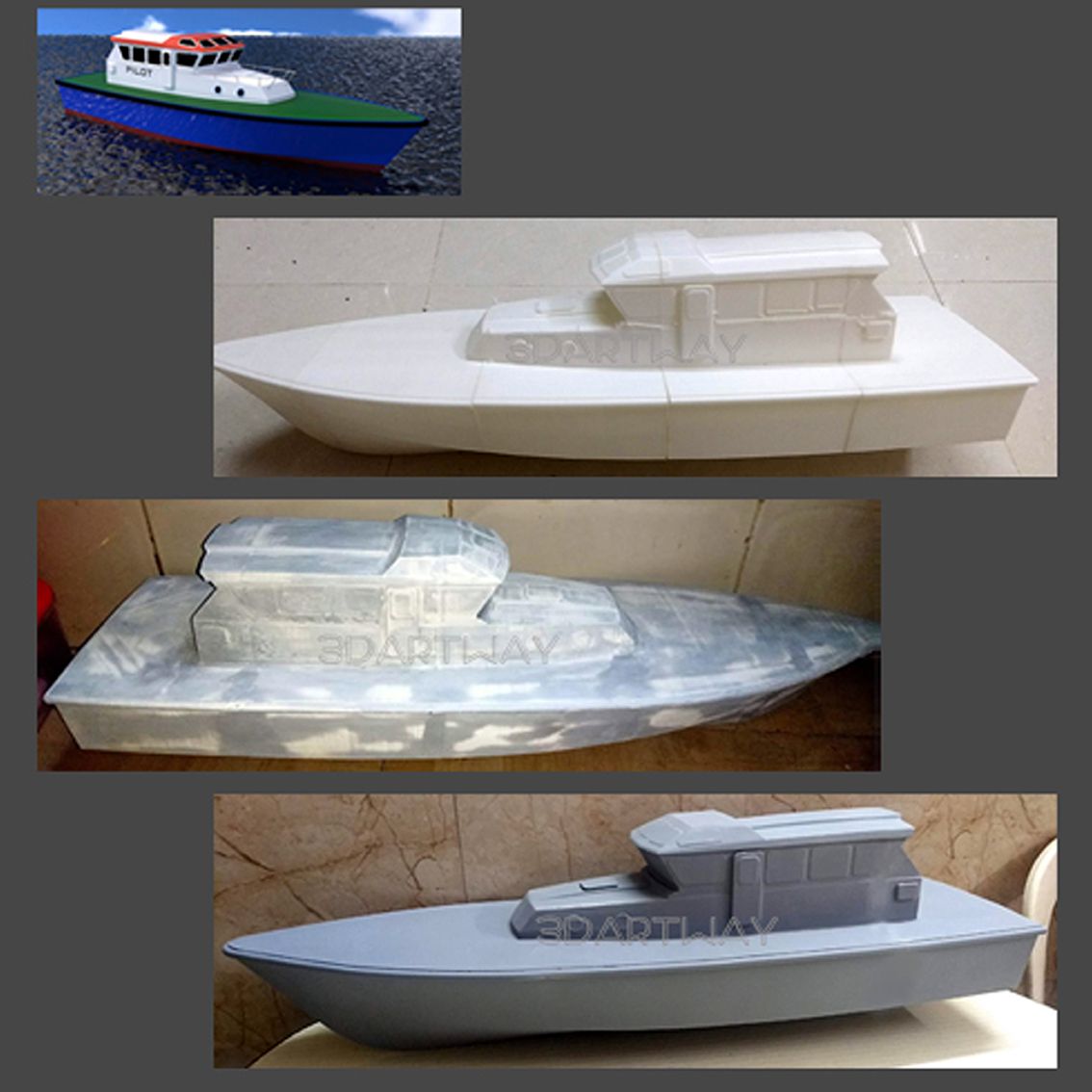Post-Processing in 3D Printing
Post-Processing for FDM printed parts. We masters of finishing & Painting.
Post-Processing work for 3D printing can involve a variety of techniques and processes. One of the most common is sanding and polishing. This is done to smooth out the surface of the printed object, removing any rough edges or imperfections. Sanding and polishing can be done by hand or with the help of specialized tools. Another important aspect of post-production work for 3D printing is painting and finishing.
This is done to add color and texture to the printed object, making it more visually appealing. There are many different techniques for painting and finishing 3D printed objects, including spray painting, airbrushing, and hand-painting. In addition to sanding, polishing, painting, and finishing, there are other post-production techniques that can be used to improve the quality of 3D printed objects.
These include heat treating, which can improve the strength and durability of the printed object, and chemical treatments, which can alter the surface properties of the printed object. Overall, post-production work is an important part of the 3D printing process.
While 3D printing has made it easier than ever to create complex shapes and designs, post-production work is often necessary to achieve the desired results. With the right techniques and tools, however, it is possible to create high-quality 3D printed objects that are both functional and visually appealing.

- Support Removal
- Vapor Smoothing
- Sanding, Finishing, Painting, Assembling, Coating
- Textured Paint – ( Wood, Granite, Marble, Sparkle, Metal, Noise )
- Hydrographics
